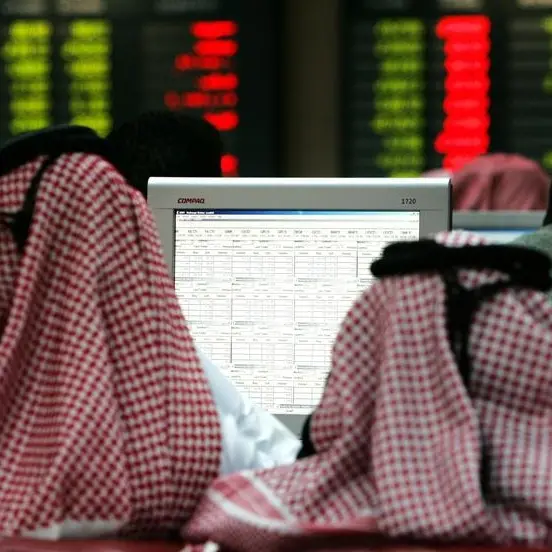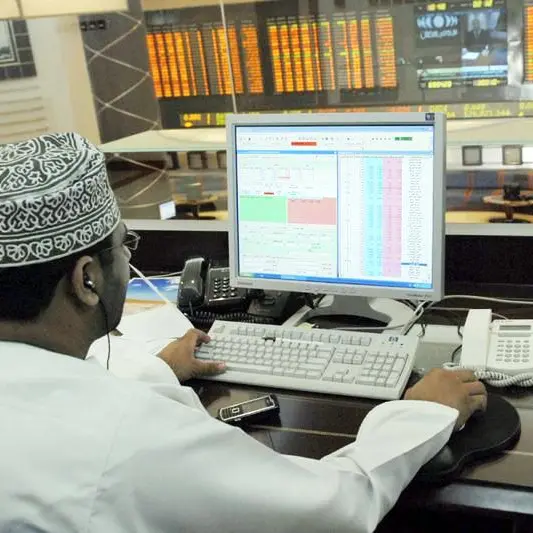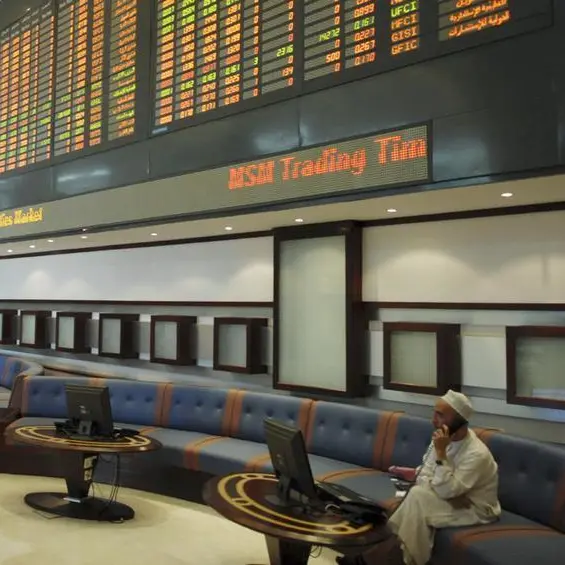SYDNEY - Asian shares neared nine-month highs on Monday after U.S. Treasury Secretary Steven Mnuchin said he hoped U.S.-China trade talks were approaching a final lap, while strong Chinese export and bank loan data boosted confidence in the global economy.
The optimism on trade together with the U.S. Federal Reserve pausing its rate tightening efforts and Britain lawmakers getting an extension on the country's exit from the European Union helped lift the mood in equities markets.
"U.S.-China trade concerns have receded, the Fed is no longer hiking rates and Brexit has been postponed, which all bodes well for risk assets," said Takashi Hiroki, chief strategist at Monex Securities.
In early European trades, the pan-region Euro Stoxx 50 futures, German DAX futures and London's FTSE futures each rose about 0.2 percent. E-Minis for the S&P 500 were little changed.
MSCI's broadest index of Asia-Pacific shares outside Japan climbed 0.4 percent to its highest since late July. Chinese shares were buoyant, with the blue-chip index rising 0.6 percent.
Hong Kong's Hang Seng added 0.3 percent while South Korea's KOSPI rose 0.5 percent. Japan's Nikkei also joined the party, gaining 1.4 percent to close at its highest since early December.
On Saturday, Mnuchin said a U.S.-China trade agreement would go "way beyond" previous efforts to open China's markets to U.S. companies and hoped that the two sides were "close to the final round" of negotiations.
Further whetting risk appetite, Reuters exclusively reported on Monday that U.S. negotiators have tempered demands that China curb industrial subsidies as a condition for a trade deal after strong resistance from Beijing.
"We expect a relatively market-friendly U.S.-China deal," Bank of America Merrill Lynch global economist Ethan Harris said in a note. "In our view, market and political concerns will constrain future fights. Think 'skirmishes' rather than 'major battles.'"
The rally in Asia follows on from strong finish on Wall Street on Friday as traders cheered Chinese data showing exports rebounded in March to a five-month high while new bank loans jumped by far more than expected.
Investors have been fretting about a global growth slowdown this year as trade disputes and tighter financial conditions hit demand. Worryingly, the International Monetary Fund cut its outlook for the world economy for the third time in six months.
There have also been fears that weakness in key economies, including China, could spread to other countries, especially if elevated trade tensions between Beijing and Washington escalated further.
As a result, the Group of 20 industrialised nations have called for a trade truce, signalling world leaders are prepared to take action to curtail risks of a global economic slowdown.
CURRENCIES
Investors are next looking to China's March-quarter gross domestic product data due Wednesday. A Reuters poll predicted it would show growth slowing 6.3 percent from a year earlier, the weakest pace since the global financial crisis a decade ago.
All eyes are also on corporate earnings from major U.S. companies after quarterly results from JPMorgan handily beat analyst estimates last week.
In currencies, the dollar index was 0.1 percent weaker at 96.863 against a basket of major currencies as demand for safe haven assets eased. It had slipped to a near three-week trough of 96.745 on Friday.
The Australian dollar, which is often used as a proxy for China plays, was a tad softer at $0.7173 but still near a seven-week top touched last week.
The euro was a tad firmer at $1.1309 as dealers geared up for demand from Japan as Mitsubishi UFJ Financial closed in on its multi-billion-euro acquisition of DZ Bank's aviation-finance business.
The common currency was also supported by encouraging data from the euro zone where industrial output in February declined by less than expected.
In commodities, oil provided big milestones last week, with Brent breaking through the $70 threshold and the U.S. benchmark posting six straight weeks of gains for the first time since early 2016.
Brent crude oil futures was last off 23 cents at $71.32 while crude futures, the U.S. benchmark, eased 33 cents to $63.56.
(Editing by Simon Cameron-Moore) ((swati.pandey@thomsonreuters.com; +61 2 9321 8166; Reuters Messaging: swati.pandey.thomsonreuters.com@reuters.net; twitter.com/swatisays))





















